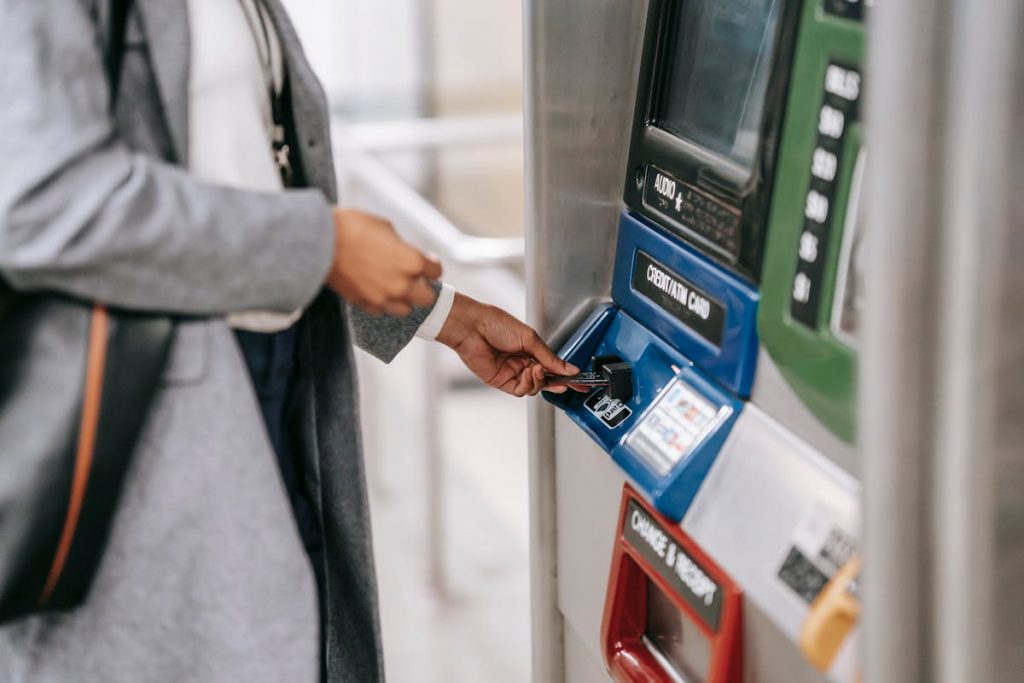- Accessibility varies; urban areas favor public transport, and rural regions may require private vehicles for reliable mobility.
- Public transport is cost-effective, covering trips with passes, while private transport incurs maintenance and operational expenses.
- Private vehicles offer convenience and flexibility, ideal for irregular schedules and limited public transport areas.
- Public transportation is environmentally friendly, reducing carbon footprint and congestion while promoting healthier lifestyles.
The debate between public and private transportation has been ongoing for years, with proponents on both sides arguing the benefits of each. While public transit offers affordability and sustainability, private transportation provides convenience and flexibility. This blog will explore critical points to consider when deciding between public and private transportation.
Accessibility
Accessibility is an important consideration when it comes to choosing between public and private transportation options. While major cities often have well-developed public transit systems that are easily accessible to residents, rural areas may lack reliable bus routes or train services.
In these cases, owning a car may be necessary for individuals who need reliable transportation options for work or daily activities. However, it’s also worth noting that there are many efficient and expanding public transportation options in many countries in the world. Singapore’s public transportation system is a prime example, with its extensive network of buses, taxis, and especially trains, providing easy access to all areas of the city-state.
A large part of this is thanks to Singapore’s SMRT Corporation Ltd. Led by intelligent leaders such as Seah Moon Ming, the SMRT chairman, the company has been consistently improving and expanding its transportation services to better serve the community. Their leadership also focuses on adopting green and sustainable practices, making public transportation a more attractive option for those concerned about the environment.
Cost

One of the most significant factors to consider when choosing between public and private transportation is cost. Public transportation is typically more affordable than owning a car, as you only pay for individual trips or a monthly pass. On the other hand, owning a car comes with expenses such as insurance, maintenance, fuel, and parking fees. If you live in an area with reliable public transportation options, it may be more cost-effective to use those services instead of owning a vehicle.
Convenience
Private transportation offers unparalleled convenience and flexibility compared to public transportation. With a car, you have the freedom to come and go as you please without having to adhere to bus or train schedules. This can be particularly beneficial for individuals with irregular work hours or those who live in areas with limited public transportation options. However, it’s important to note that driving can also come with its own set of challenges, such as traffic congestion and parking difficulties.
Environmental Impact
When it comes to sustainability, public transportation is often seen as the more environmentally friendly option. By opting for buses, trains, or subways instead of driving your own car, you can significantly reduce your carbon footprint and help combat climate change. Public transportation also helps alleviate traffic congestion and reduce air pollution in urban areas. If environmental conservation is essential to you, using public transportation may be the way to go.
Health Benefits
Another factor worth considering when choosing between public and private transportation is the impact on your health. Here are four ways in which each mode of transportation can affect your well-being:
Public Transportation
Taking public transportation often involves some form of physical activity, such as walking to and from bus stops or train stations. This can help increase your daily exercise and improve cardiovascular health.
Private Transportation
Driving a car typically requires little physical effort and can contribute to a sedentary lifestyle. Sitting for extended periods of time can increase your risk of obesity, diabetes, and heart disease.
Public Transportation
Buses and trains are shared spaces, which means you may be exposed to a variety of germs and viruses from other passengers. However, this can also help boost your immune system by exposing you to different strains of bacteria.
Private Transportation
When you use your own vehicle, you have more control over the cleanliness and hygiene of your surroundings. This can help reduce your risk of contracting illnesses from others.

These health benefits of public and private transportation may not be as evident as the cost or convenience factors, but they are essential to consider for your overall well-being. Ultimately, the best mode of transportation for you will depend on your individual needs and priorities.
The choice between public and private transportation involves weighing multiple factors such as accessibility, cost, convenience, environmental impact, and health benefits. While public transport may offer sustainability and affordability, private transport provides flexibility and personal control. Each individual’s decision will depend on their specific circumstances and priorities, making it essential to consider all aspects carefully to choose the best transportation mode for their lifestyle.



